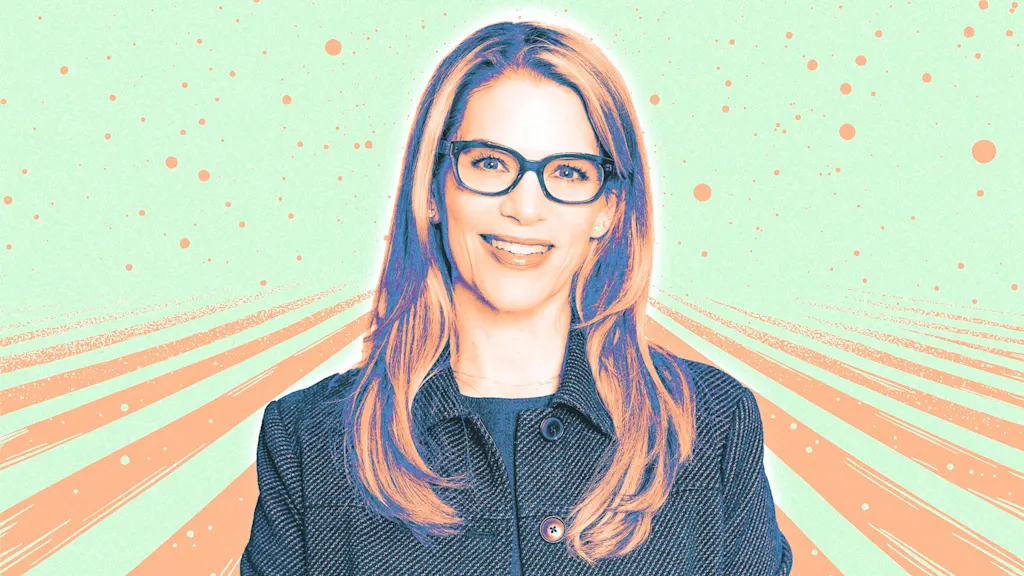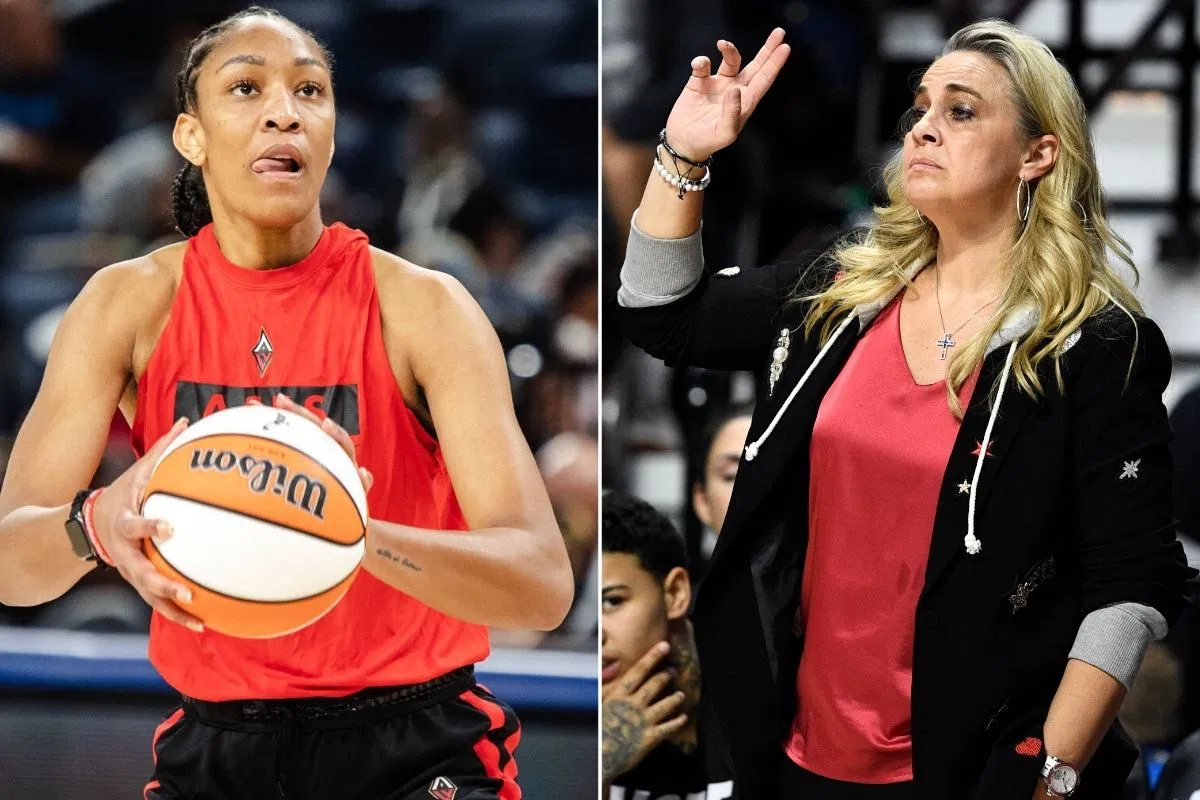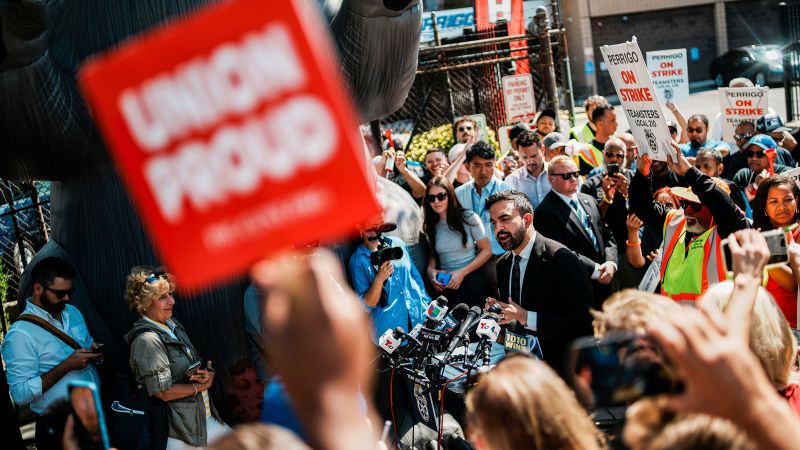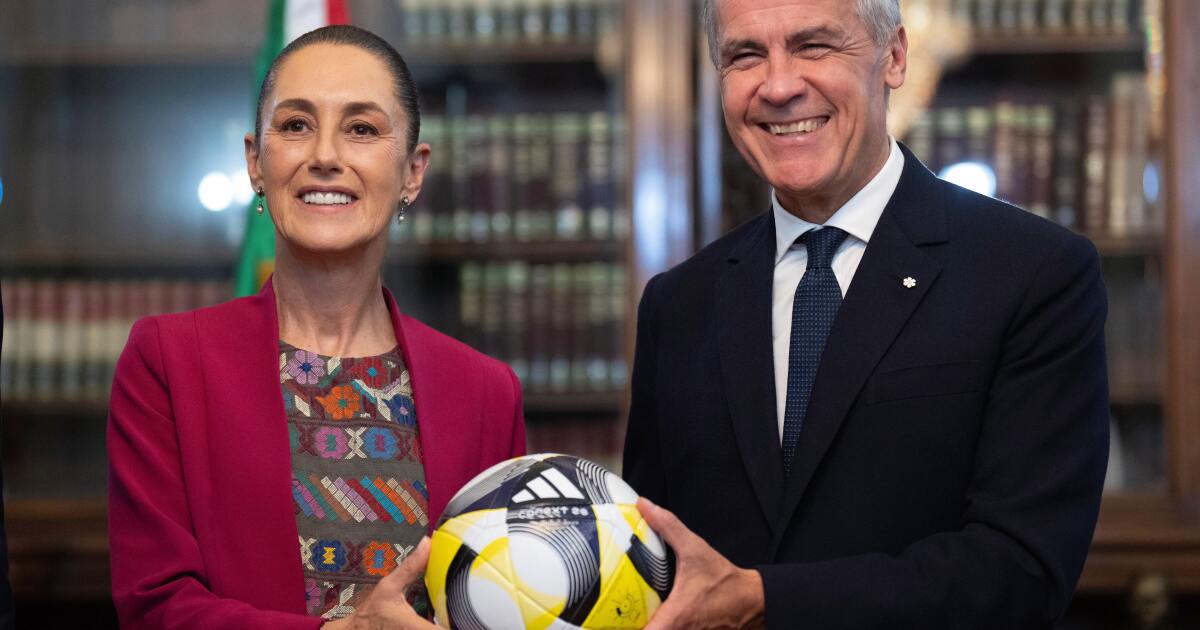
When women’s leadership community Chief launched in 2019, it set out to provide mentoring and peer-to-peer connections for women “already inhabiting the executive level,” Fast Company wrote at the time. “These women who are at the top are generally alone on an island,” co-founder Lindsay Kaplan added.
Fast-forward to today: Chief still aims to serve executive women. (The company boasts members from 77 percent of the top 100 companies on the Fortune 500 list of America’s largest businesses by revenue.) However, nearly 20 percent of the community is much more entrepreneurial, or what the company describes as “solopreneurs or senior leaders in transition.”
One leader, many titles
As a result, Chief’s membership reflects the changing face of women in business: a mix of founders, corporate execs, board members, and nonprofit leaders and volunteers, who also happen to toggle among those roles. “They’re taking different paths to leadership and thinking not about a ladder but a lattice,” or a more flexible, nonlinear career track, says Alison Moore, CEO of Chief. Over 15 years ago, my former Fortune colleague Pattie Sellers used the analogy of a jungle gym to describe such nontraditional professional journeys.
Moore points to Chief members such as Rabia Farhang, who built an executive career in retail and fashion before founding bgood collective, a strategic consultancy focused on purpose-driven organizations, leveraging her business expertise for social impact. At the same time, we’re seeing prominent businesswomen easily switching from corporate jobs to startups and back. Alicia Boler Davis, whom we’ve profiled in Modern CEO, worked at General Motors for 25 years, held senior roles at Amazon, became CEO of a fast-growing online pharmacy, and was recently named president of Ford Motor Co.’s Ford Pro business.
Strengths of the multihyphenate
Moore believes these varied experiences make Chief members and their peers well-suited to manage in today’s fast-changing business world. “What’s happening in corporate environments has become increasingly dynamic,” Moore explains. Women leaders who’ve worn or wear many hats—Moore describes them as multihyphenates—have the “ability to run teams centered on resilience, efficiency, and execution,” she says.
Moore speaks from experience: She joined Chief after five years as CEO of Comic Relief U.S. and senior roles at HBO, DailyCandy, NBCUniversal, SoundCloud, and Condé Nast. She was also a founding member of Chief. “Each different experience sharpens your leadership skill set,” Moore explains. “I sit where I am today because I’m drawing from all of the experiences that I have had to make me a better leader.”
Are you a leader wearing many hats?
Does the term “multihyphenate” refer to your career trajectory? When your role progression isn’t linear, how do you decide where to go next? I’d love to hear your stories and possibly include them in a future issue of Modern CEO. Send them to me in an email message: stephaniemehta@mansueto.com.
Read more: women in leadership
How women in leadership can shape how others see them



